
by Jane Choate
(Originally appeared in the July, 2021 issue of Children’s Book Insider, the Children’s Writing Monthly)
Many years ago, I belonged to a writers’ group that offered an end-of-the-year prize for the member who had received the most rejections during the year. Guess what? I won.
It was a dubious honor. It was an honor I hadn’t sought, but there it was. I had received so many rejections that it had become a kind of macabre joke each month when we reported our news—acceptances and rejections—in the group. My rejections included books, short stories, articles, fillers, and greeting card verses. You name it and I had tried it. And failed.
But failure wasn’t going to deter me. As Dolly Parton sang in Hard Candy Christmas, “I won’t let sorrow bring me way down.”
So I kept trying.
How did I get through the dozens, hundreds, of rejections that I had racked up, and, in fact, continue to rack up? (Selling doesn’t mean that the rejections stop coming, at least in my case.)
So here are my rejection survival tips:
✔️ I reminded myself that I had sold a few things. A couple of editors had thought I’d shown talent. That sustained me during the very long years of not selling anything.
✔️ I set goals for every week. The goals changed as did my writing over the years, but I continued to set them.
✔️ One goal was to submit two things every week, whether they be a query, a proposal, a short story, or whatever. This allowed me to give myself a “gold star,” like little children receive for completing an assignment. It’s amazing what a visual reward will do for morale.
✔️ I wrote every day (but Sundays). I saw writing as my job. I showed up every day and put in my hours.
✔️ I commiserated with friends. Not that I wished my friends bad luck with their writing, but it helped to have others who were in the same boat and experiencing similar setbacks. We cried together. (Literally.) We encouraged each other. We kept writing even when we had little reason to believe that success would ever be ours.
✔️ I joined a group within our group, The Last Mile Club, members who were close to selling, but whose elusive goal remained just out of our reach. This was in the pre-email days, so we sent a snail mail letter through the six members of our group and each wrote on it. It seems very primitive now, but those bulky letters that arrived every sixth week were a touchstone for me in the road to publication.
✔️ I invested in good tools, purchasing a computer and printer and upgrading when it became necessary. I also invested in myself, enrolling in classes and workshops and attending conferences even when I could scarcely afford it, all in an effort to improve my writing.
✔️ I came to see rejections as failing forward. Each rejection represented a step toward reaching my goal. Form rejections became personal letters with hand-written notes of encouragement. Notes on manuscripts often accompanied these rejections with ideas to strengthen conflict, beef up plot, and make the characters more appealing. Eventually, the letters held phrases such as “This won’t work for us, but send us another project.”
✔️ I developed a thick skin. In a previous article, I shared one particularly scathing rejection where the editor went beyond simply sending a form letter, but seemed to take delight in saying, “This is terrible.” She then went on in listing all the ways in which my submission was terrible. Finally, she ended the letter by saying, “Good luck in finding another career.” I won’t lie: it hurt. Unbelievably so. But, after a week of pouting and vowing to give up, I started another manuscript.
✔️ I ate chocolate. And more chocolate. Eating chocolate is not a good idea to get through receiving rejections, as chocolate tends to stay on the hips far longer than it should. I’m still carrying around the effects (pounds) of eating my rejection sorrows.
✔️ I surrounded myself with positive people who were seeking the same goals I was. This meant finding a writing chapter with people who were writing in the same genre I was. Over the years, I’ve joined (and left) several groups, finally finding one whose members were unfailingly generous with their expertise and encouragement. Sometimes, I’ve had to leave groups when the atmosphere became toxic with negative comments and jealousies. Though I was sad to have to make those moves, I had to protect my most valuable asset—my refusal to give up.
✔️ I always had something “out there.” Whether it was a short story, a proposal, or a full book manuscript, I kept submitting. When one project was rejected, I had the hope that something else would be accepted. It was a numbers game. The more things I submitted, the more likely I was to earn an acceptance.
✔️ I improved my craft. I went to conferences, took classes, attended workshops, all in an effort to learn how to write. I continue to do these things, believing that no one can ever know enough. I learned that the best way to improve my craft is to practice it, which means writing.
✔️ I mentored others. Though I knew I was far from being an accomplished writer, I also knew that I could help others in some small way. I volunteered with a school program, mentoring a middle-school girl who wanted to write. I also critiqued friends’ work, offering encouragement and gentle ideas of how to improve. In giving back, I was not only helping others; I was also helping myself as I learned techniques that worked and that didn’t.
✔️ Finally, I refused to give up. Among the writers’ group I mentioned at the first of this article, I and one other woman are the only ones who are still writing. One by one, other members moved on, giving up on their dream. I respected that, as they found other dreams to replace that of writing. That wasn’t for me, though. Despite enduring many lean years when I sold nothing, I kept trying. Writing always had and always will be my dream. That dream has been realized with 40 book sales and hundreds of short story and article sales. I share this not in an attempt to brag, as I realize I still have a long way to go. I share it because I want to encourage you, to let you know that the woman who had earned the prize for receiving the most rejections went on to sell over and over.
Rejection is, for most of us, a given in the profession we’ve chosen. But if you’re getting rejected, it means you’re sending your work out into the world. That’s the only way you’ll ultimately find your audience. So be proud of the risk you’re taking, and don’t give up. Every “no” makes you stronger, and more deserving of the eventual “yes”.
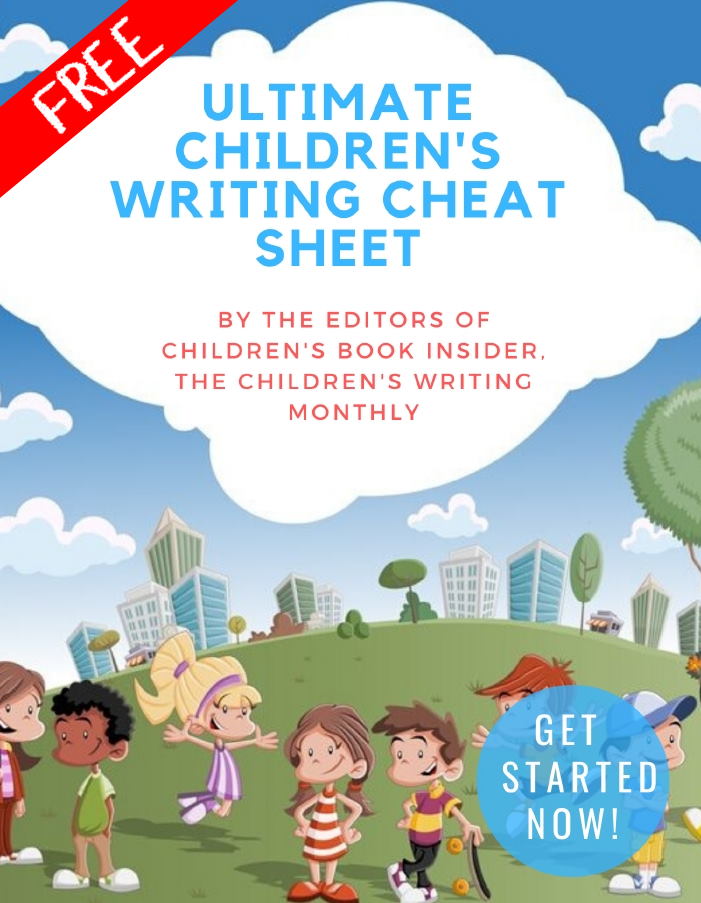
✏ Word Counts & Age Groups for Every Kidlit Category
✏ FAQs, Glossaries and Reading Lists
✏ Category-specific Tips, from Picture Books Through Young Adult Novels
✏ 5 Easy Ways to Improve Your Manuscript
✏ Writing For Magazines …and more!
This is a gift from the editors of Children’s Book Insider, and there’s no cost or obligation of any kind.
We will never spam you or share your personal information with anyone. Promise!
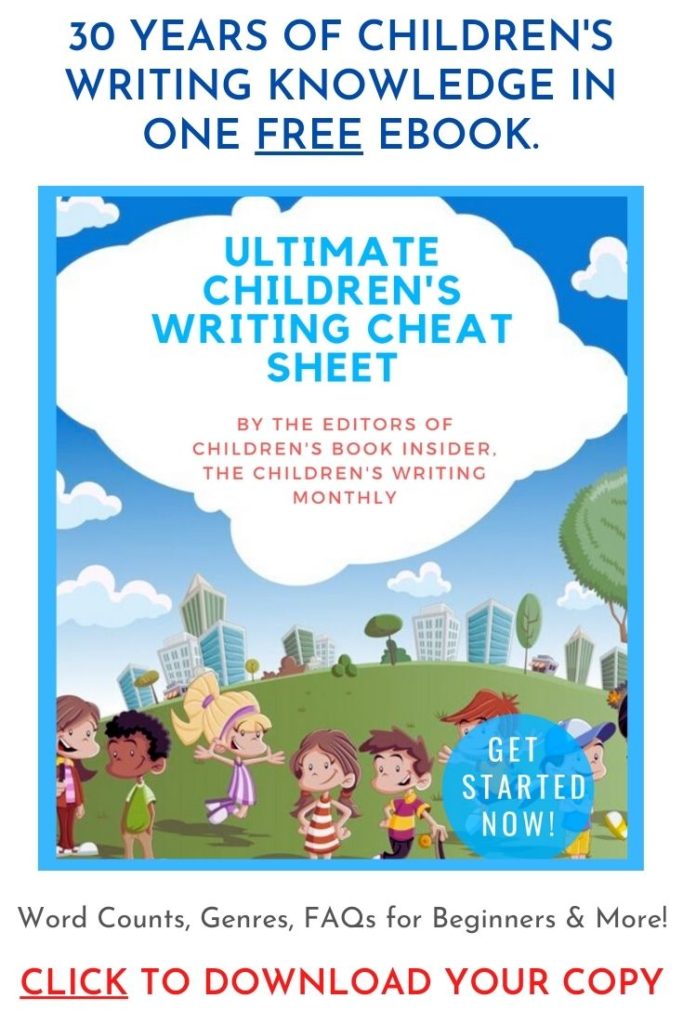
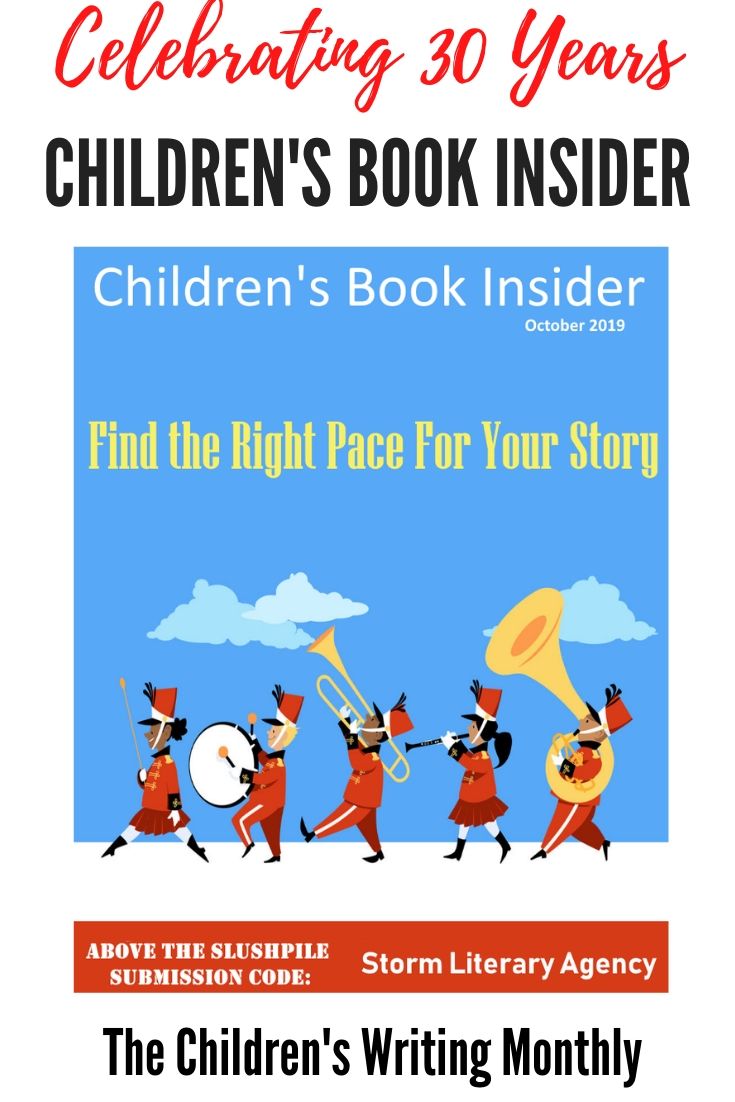
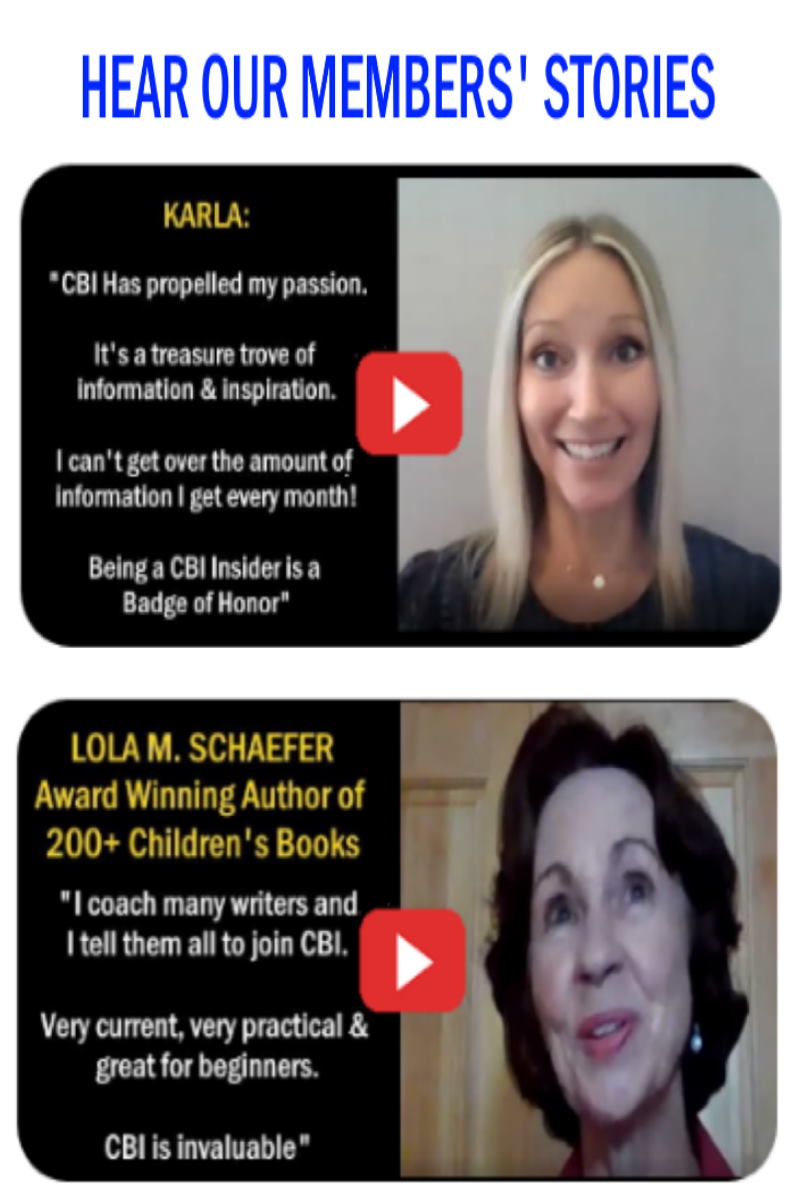
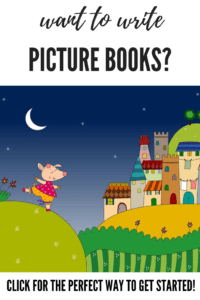


You nailed it- thanks